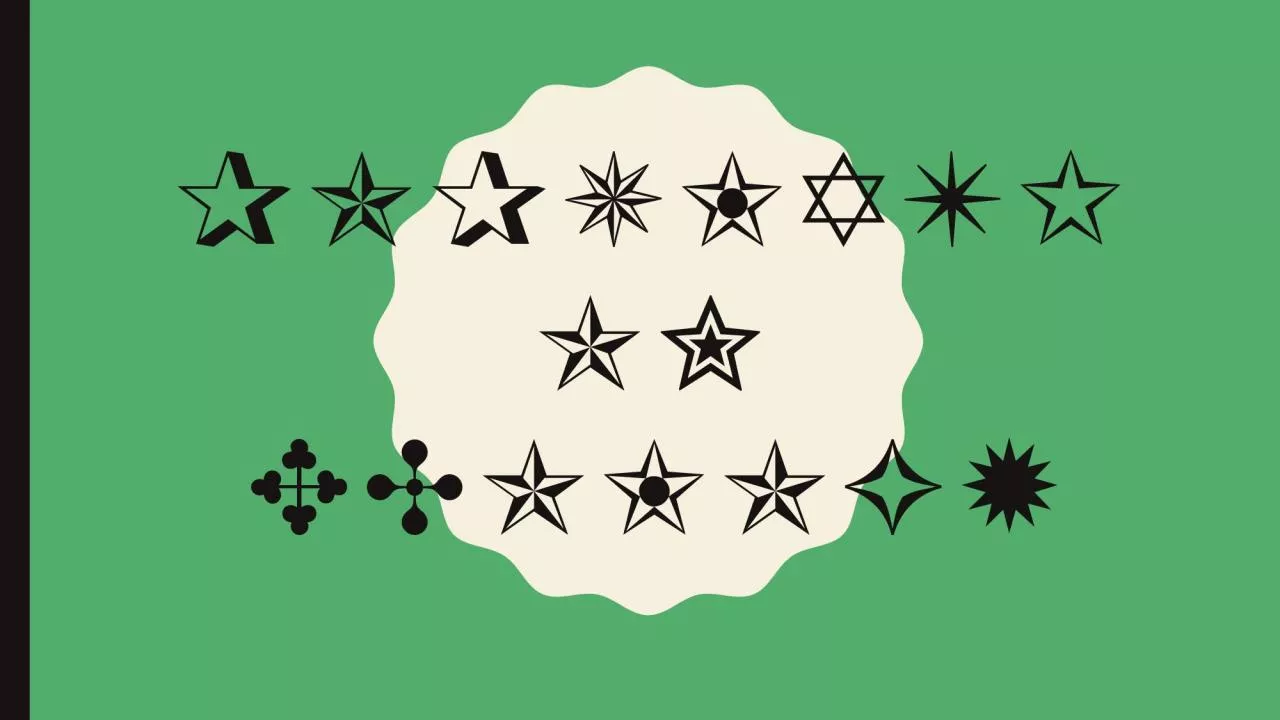

Biotic and Abiotic factors Biotic factors Parts of an ecosystem that are living or used to be living Abiotic factors Parts of an ecosystem that have never been living Energy in communities Numbers and Biomass in Communities ID: 1025898
Download Presentation The PPT/PDF document "Population Ecology Levels of Ecological ..." is the property of its rightful owner. Permission is granted to download and print the materials on this web site for personal, non-commercial use only, and to display it on your personal computer provided you do not modify the materials and that you retain all copyright notices contained in the materials. By downloading content from our website, you accept the terms of this agreement.
1. Population Ecology
2. Levels of Ecological Organization
3. Biotic and Abiotic factors Biotic factors: Parts of an ecosystem that are living or used to be livingAbiotic factors: Parts of an ecosystem that have never been living
4. Energy in communities
5. Numbers and Biomass in CommunitiesA trophic level’s biomass is the mass of living tissue it contains.In general, there are more organisms and greater biomass at lower trophic levels than at higher ones
6. Food Webs
7. Keystone Species Species that have strong and/or wide-reaching effects on a communityRemoval of a keystone species can significantly alter the structure of a community.
8. We know that ecosystems are delicately connected.What happens when we introduce toxins?
9. Rachel Carson the Og science baddie. an American biologist well known for her writings on environmental pollution and the natural history of the sea. Her book, Silent Spring (1962), became one of the most influential books in the modern environmental movement and provided the impetus for tighter control of pesticides, including DDT
10. Chemistry related technologies and their implicationsBioaccumulationrefers to the accumulation of a toxic chemical in the tissue of a particular organism. Biomagnification refers to the increased concentration of a toxic chemical the higher an animal is on the food chain.